Biology

Ecology
- Biodiversity I: Definitions and patterns of diversity
- Ecosystem Services: Categories and valuation
- Animal Ecology: Competition, predation, and cooperation
- Biodiversity II: Changing habits and habitats
- Animal Behavior: Causes and approaches to studying behavior
- Population Biology: Carrying capacity, demographics, and cycles
- Trophic Ecology: Feeding relationships and energy transfer
Biological Molecules
Cell Biology
- Discovery and Structure of Cells: Cell theory, prokaryotes, and eukaryotes
- Respiration: Oxygen, gas exchange, and energy release
- Reproduction: Asexual to sexual
- Membranes I: Structure and function of biological membranes
- Membranes II: Passive and active transporters
- Cellular Organelles I: Endosymbiosis and membrane-bound organelles
- Cell Division I: The cell cycle
- Cell Division II: Mitosis
- Membranes and Chemical Transport: Absorption, distribution, and storage of substances in organisms
Energy in Living Systems
Evolutionary Biology
- Origins of Life I: Early ideas and experiments
- Origins of Life II: Primeval environments and the origins of RNA
- Extinction: When species come to an end
- Paleontology and the Fossil Record: Reading the clues
- Mass Extinctions: Major turning points in biodiversity
- Charles Darwin I: The Origin of Species
- Charles Darwin II: Natural selection
- Charles Darwin III: Descent with modification
- Adaptation: The case of penguins
- Taxonomy I: What's in a name?
- Taxonomy II: Nomenclature
- Introduction to Paleoanthropology: Bones, stones, and tools
- The Piltdown Hoax: A lesson on confirmation bias in science
- Future of Human Evolution: Artificial selection and transhumanism
Genetics
- Inheritance: Mendel's experiments and laws
- Independent Assortment: Mendel's testcrosses and Punnett squares
- DNA I: The genetic material
- DNA II: The structure of DNA
- DNA III: The replication of DNA
- Tracking Human Ancestry: The Y-chromosome and mitochondrial DNA
- Gene Expression: Enzymes and hereditary conditions
- Population Genetics: Hardy-Weinberg and genetic drift
Chemistry
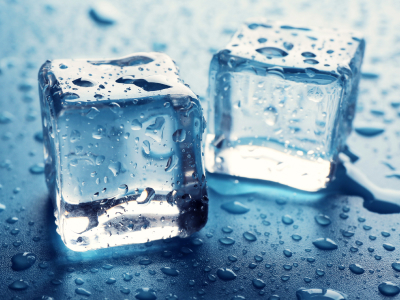
Atomic Theory and Structure
- Early Ideas about Matter: From Democritus to Dalton
- The Periodic Table of Elements I: The periodic table
- The Periodic Table of Elements II: History and development
- The Periodic Table of Elements III: Electron configuration
- The Periodic Table of Elements IV: Chemical families
- The Periodic Table of Elements V: Periodicity
- Atomic Theory I: Detecting electrons and the nucleus
- Atomic Theory II: Ions, neutrons, isotopes and quantum theory
- Atomic Theory III: Wave-particle duality and the electron
- Atomic Theory IV: Quantum numbers and orbitals
- The Mole and Atomic Mass: Definitions, conversions, and Avogadro's number
Physical States and Properties
- States of Matter: Kinetic molecular theory and phase transitions
- Substances: Pure substances and mixtures
- Properties of Solids: The influence of crystal structure on behavior
- Properties of Liquids: Intermolecular forces, cohesion, adhesion, and viscosity
- Properties of Gases: The gas laws and the ideal gas equation
- Diffusion I: Random molecular movement and influences on diffusion rate
- Kinetic-Molecular Theory: Molecule collisions, the mean free path, and modern KMT
- Solutions: Molarity, solubility, and colligative properties
- Water: Properties and behavior
Chemical Relationships
Earth Science
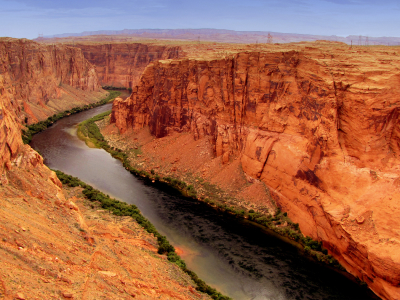
Earth History
Plate Tectonics
Earth Cycles
Rocks and Minerals
Atmosphere and Oceans
- Ocean Currents: Mapping and explaining the ocean’s gyres
- Water in the Atmosphere: The factors that influence evaporation and condensation
- Weather, Fronts, and Forecasts: From observations to predictive models
- History of Earth's Atmosphere I: The origin of the modern atmosphere
- History of Earth's Atmosphere II: The rise of atmospheric oxygen
- Earth's Atmosphere: Composition, temperature, and pressure
- Factors that Control Earth's Temperature: Energy from the sun and greenhouse gases
- Circulation in the Atmosphere: Earth's tilt, orbit, rotation, and the redistribution of energy
Environmental Science
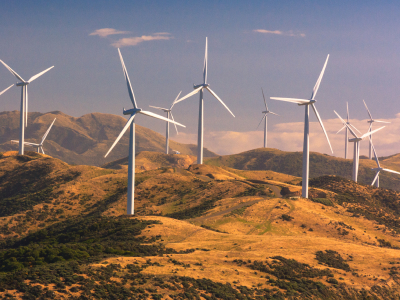
Ecology
Earth Cycles
General Science
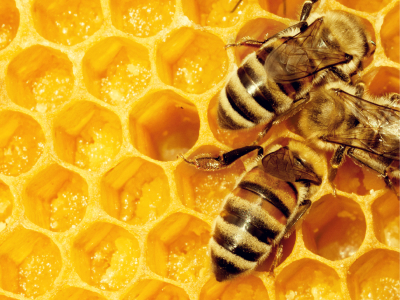
Math in Science
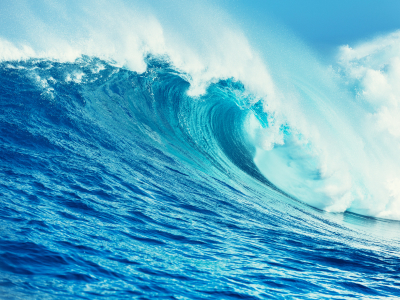
Equations
Statistics
Trigonometric Functions
Physics
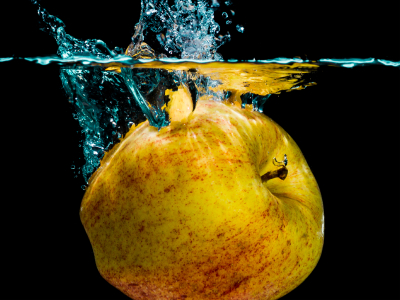
Light and Optics
Mechanics
- Defining Energy: Forms of energy, conversions, and measuring
- Waves and Wave Motion: Describing waves
- Gravity: The law of universal gravitation
- Kinematics I: Speed in one dimension
- Kinematics II: Velocity and acceleration in one dimension
- Thermodynamics I: Caloric theory, latent heat, and the First Law of Thermodynamics
Process of Science
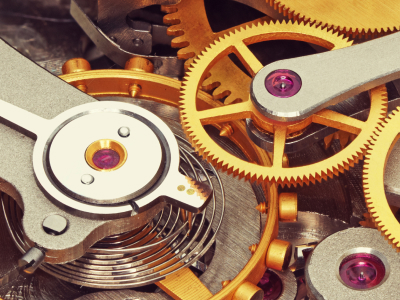
The Culture of Science
Ideas in Science
Research Methods
- The Practice of Science: An introduction to research methods
- Experimentation in Scientific Research: Variables and controls in practice
- Description in Scientific Research: Observations and multiple working hypotheses
- Comparison in Scientific Research: Uncovering statistically significant relationships
- Modeling in Scientific Research: Simplifying a system to make predictions
Data
Scientific Communication
- Understanding Scientific Journals and Articles: How to approach reading journal articles
- Utilizing the Scientific Literature: The record of scientific progress
- Peer Review in Scientific Publishing: What it is and how it works
- The How and Why of Scientific Meetings: How to approach attending a meeting
Scientists and Research
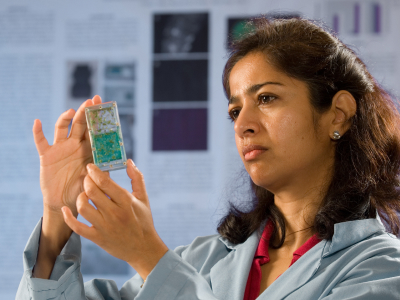
Scientific Research
- Collaborative Research in the Arctic Towards Understanding Climate Change: The work of Kevin Arrigo
- From Stable Chromosomes to Jumping Genes: The work of Barbara McClintock
- An Elegant Experiment to Test the Process of DNA Replication: The work of Meselsohn and Stahl
- The Founding of Neuroscience: The work of Santiago Ramón y Cajal and Camillo Golgi
- Tracking Endangered Jaguars across the Border: The work of Sergio Avila
- Atmospheric Chemistry Research that Changed Global Policy: The work of Mario Molina
- Revolutionizing Medicine with Monoclonal Antibodies: The work of César Milstein
- Uncovering the Mysteries of Chronic Mountain Sickness: The work of Fabiola Léon-Velarde
Profiles in Science
- Luis E. Miramontes: Chemist and inventor of oral contraceptives
- Bernardo Houssay: Pioneer in endocrinology
- Craig Lee: Ice patch archaeologist
- David Ho: HIV researcher
- Louis Tompkins Wright: Surgeon, scientist, civil rights activist
- Cecilia Payne: Figuring out what stars are made of
- Carlos J. Finlay: Eradicating yellow fever
- Jazmin Scarlett: Fostering community resilience to hazards
- Ramari Stewart: Whale expert, at the crossroads of science and tradition
- Johnson Cerda: Promoting Indigenous perspectives in environmental management
- Ellen Ochoa: Engineer and astronaut
- Ruth Benerito: Using basic physical chemistry to solve practical problems
- Franklin Chang Díaz: Propulsion pioneer for future generations of astronauts
- Percy Lavon Julian: Revolutionizing medical treatment through chemical synthesis
- Luis Walter Alvarez: Uncovering secrets of the atom and life on earth
- France Anne-Dominic Córdova: Climbing through astrophysics and science policy
Sign in or register
For an ad-free experience and access the Visionlearning Classroom, sign in or register.
